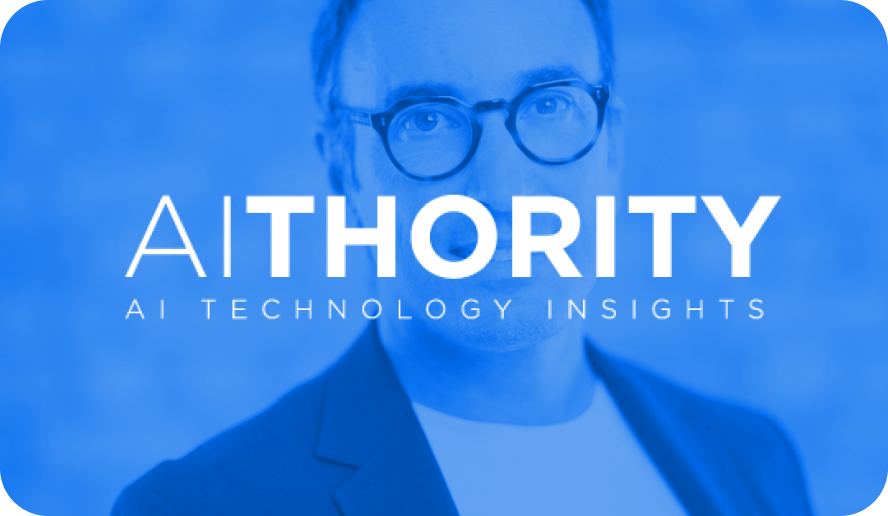Thanks to the newly established synergy between Artificial Intelligence and Programmatic advertising technologies, we are witnessing an eye-watering scenario in the cookieless era. Despite the cookie phaseout, advertisers and publishers are confident they can successfully navigate the new fabric of direct native and programmatic advertising using new-age AI tools. That’s why, the focus has shifted toward delivering a one-to-one ad experience to an audience with a broader aim to reach a larger demographic across TV, OTT, Connected TV, Live streaming, and social media.
Sources report that in the next 10 years, the spending on AI-powered advertising campaigns and software will reach $1.3 trillion. The lion’s share of these adtech innovations would happen on the supply side where brands can deliver personalized, hyper-targeted ad experiences to their audiences.
At its core, programmatic advertising is an intricate combination of programmatic algorithms, automation, and predictive intelligence for buying /selling digital ad inventories. Often considered a complex mesh of adtech solutions, programmatic technology for publishers and advertisers can become simplified and more effective for targeting and personalization with the infusion of AI and Machine Learning capabilities. There are four main areas in programmatic advertising where AI is widely used:
- Content curation
- Real-time ad placements
- Customer data mining
- Measurement and reporting (Analytics)
In the last few years, a fifth element has emerged in the Artificial Intelligence and programmatic advertising campaigns — Personalization.
We spoke to leading Adtech executives to gauge the current pulse of paid media activation and personalization in the cookieless era. Our panel of speakers include:
- Filippo Gramigna, COO, Onetag
- Anders Lithner, CEO, Brand Metrics
- Hailey Denenberg, VP of Strategic Initiatives at GumGum
- Gary Mittman, CEO, KERV Interactive
- Gareth Holmes, Vice President of Commercial Strategy & Media at SeenThis
- Kevin Geffray, VP of Paid Media Jellyfish
- Sara Vincent, Managing Director, UK, Utiq
Using AI and Data Analytics for “Paid Media Activation” in the Cookieless Era
Filippo Gramigna, COO, Onetag:
“Brands should build direct relationships with customers, respecting their privacy. With consent, collect and leverage your own first-party data, including customer preferences, behaviors, and transaction history, then use platforms with a strong focus on AI to derive meaningful insights from this data, and from user interactions, to drive more effective paid media activation strategies.
Brands should also consider contextual targeting, where ads are placed based on the context of the content being viewed, rather than relying on user behavior. AI semantic algorithms analyze content to ensure better alignment with a brand’s message and exclude contexts that are not brand-suitable.
Use machine learning algorithms for real-time ad optimization, where ad placements, formats, and targeting are adjusted based on ongoing performance data, ensuring that ads are delivered to the most relevant and qualitative audience through the most efficient supply path.
Invest in privacy-centric technologies that adhere to regulations, while still allowing for effective targeting. Technologies that use cohort-based targeting or consumers’ first consent mechanisms can enable personalized experiences without compromising user privacy.
Finally, given the evolving landscape, adopt a test-and-learn approach to continually experiment with different strategies, channels, and technologies, as no one solution on its own is likely to be enough to replace cookies.”
Originally shared on: AI Thority



